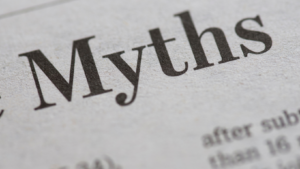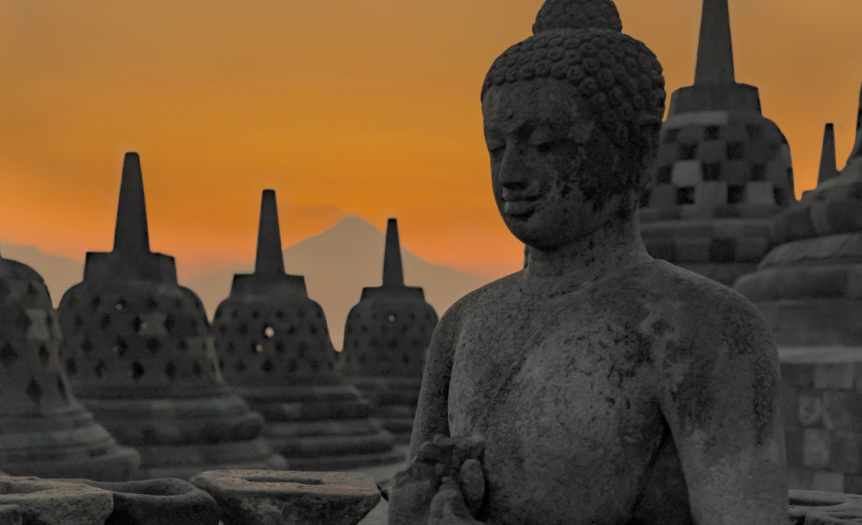If you’ve ever wondered apa itu mokel, you’re not alone. This term, originating from Indonesia, has been making waves in various online communities, sparking curiosity and discussion. It’s a term that’s not easily defined, yet it’s gaining traction in popular culture.
Mokel represents a unique aspect of Indonesian culture, often associated with local folklore and traditions. It’s a term that’s shrouded in mystery, with many people seeking to understand its true meaning and significance. This article aims to shed light on apa itu mokel, diving into its origins, meanings, and implications.
So, if you’re intrigued by the world of mokel, stick around. We’re about to embark on an enlightening journey into the heart of Indonesian culture and tradition.
Apa Itu Mokel
Moving further into the mystery that is “mokel,” the history of this term offers an intriguing glimpse into traditional Indonesian folklore and culture. Birthed within the lush biodiversity and unique cultural kaleidoscope of the 
Delving into the past, “mokel” is tied strongly to local myths and legends. It’s often a topic of folklore stories that have been passed down across generations. This continual storytelling and traditional lore repetition keeps “mokel” alive even in modern times, affirming its strong cultural place.
As we dive deeper into the past, we find sizeable archaeological evidence that indicates the existence of “mokel” in ancient transcripts and graphical inscriptions. These components point to a historic relevance that, while often shrouded in myth and legend, holds concrete roots in real-world artifacts and culture.
In studying the origins of “mokel”, it’s clear that it’s more than just a term – it’s a gateway into the rich and colorful tapestry of Indonesia’s past, laden with stories, traditions, and beliefs that continue to resonate in the present day. This exploration takes us beyond its literal understanding, leading us further down into its deep roots in Indonesian history and identity.
Unraveling the Meaning of Mokel
Digging into the essence of “mokel” is like venturing through a mystifying labyrinth. Within Indonesia’s folkloric tapestry, this term carries a sense of awe-inspiring mystery that’s been passed down through generations.
At its core, “mokel” is generally understood to refer to a supernatural entity. Rooted in local myths, it’s implied to embody varying aspects of the spiritual realm. While its depiction can range from benevolent to malevolent, the term 
Notably, the concept of “mokel” transcends the barrier between tangible and intangible. It forms an integral part of Indonesia’s cultural identity, shaping and reflecting societal norms and values. Through its integration in folklore, customs, and rituals, it manifests in various forms, almost akin to an eternal flame that continues to burn, illuminating stories of the past and navigating the cultural course towards the future.
There’s no definitive answer to what “mokel” truly denotes. It’s like a chameleon changing its shades, ever adapting, ever evolving with the passage of time. Thus, the term “mokel” serves as an embodiment of Indonesian culture’s fluidity and its ability to preserve its essence while adopting changes.
The Significance of Mokel in Indonesian Culture
Crafting the tapestry of Indonesia’s rich cultural narrative, ‘mokel’ stands out as a unique thread. It’s seen as an invaluable artifact in the realm of folklore, spreading across the archipelago and reaching into the heart of local communities.

Essentially, the ‘mokel’ embodies traditional beliefs, playing a key role in maintaining societal norms and values. Its fluid character makes it adaptable, a mirror to Indonesian culture’s resilience and its commitment to preserving its core essence.
Further accentuating the historical significance, archaeological evidence has surfaced revealing the ‘mokel’s’ deep roots within Indonesian culture. The finds underscore its dominance in the nation’s historical narration, a testament to its intrinsic connection with indigenous belief systems.
Mokel in Local Folklore and Traditions
Indonesians’ profound connection with mokel extends beyond deep-rooted spiritual beliefs. It has also embedded itself in local folklore and traditions, serving as an intricate thread in the beautiful fabric of Indonesian culture.

Embracing the Mystery of Mokel
Dwelling deeper into the fascinating enigma of Mokel, it’s impossible to ignore its shrouded aspects. This entity, drenched in myth, continues to intrigue and enthrall. With its distinct significance, Mokel serves as a dynamic presence, causing ripples of intrigue in Indonesian culture.

Explored in indigenous tales, Mokel’s transformative prowess alternatively inspires awe, incites fear or evokes reverence. The entity uniquely personifies a spectrum of characteristics; the narratives varying as much as the countless Indonesian islands themselves.
Apa Itu Mokel Shows the Versatility of Indonesian Customs.
The enigma of “mokel” in Indonesian culture is a testament to the country’s rich folklore and traditions. It’s an embodiment of diverse characteristics, reflecting the versatility of Indonesian customs. Its presence in tales stirs a mix of emotions, from awe to fear, underlining its symbolic significance.








